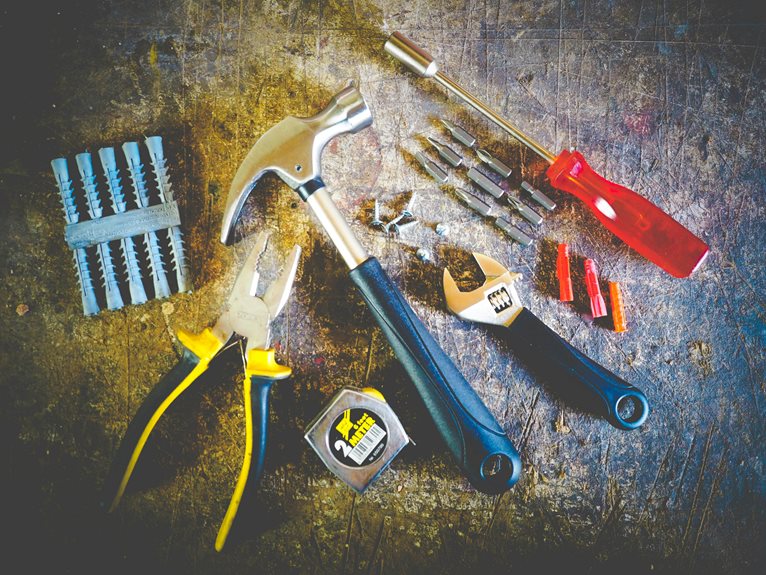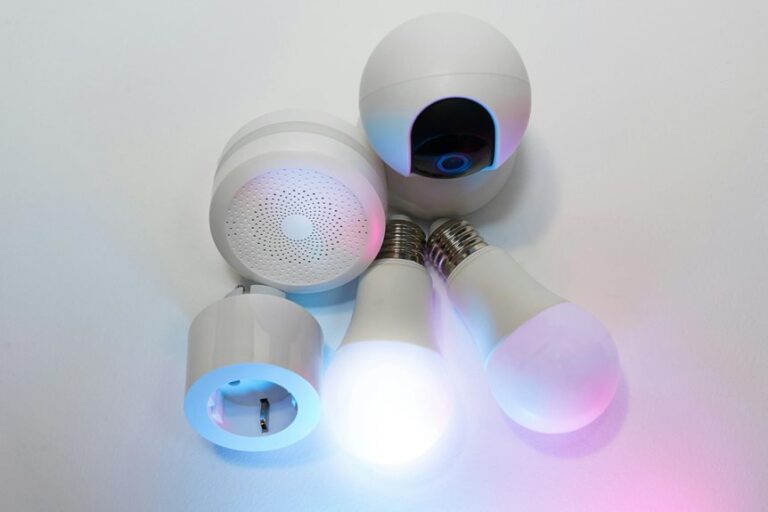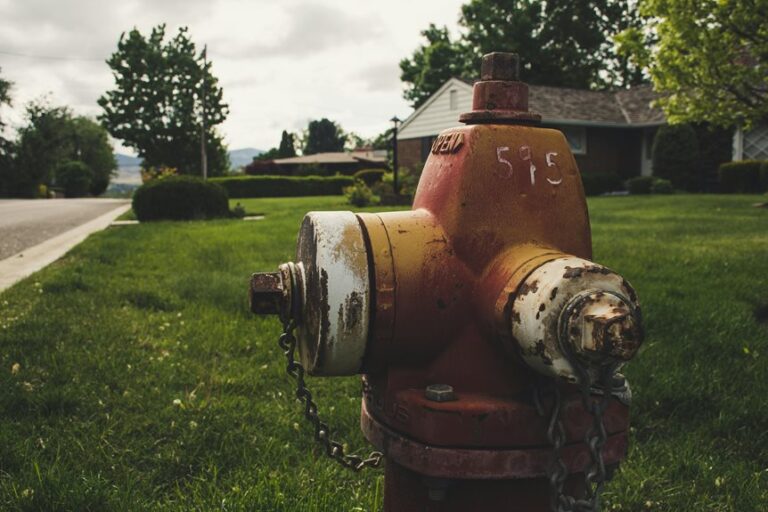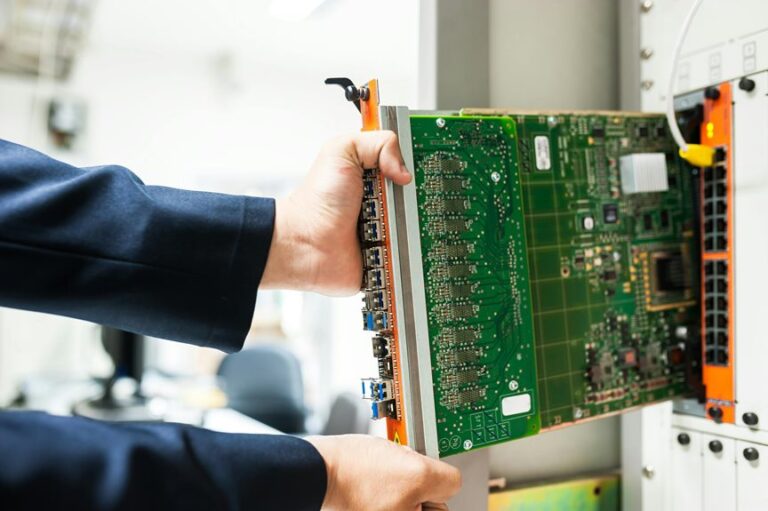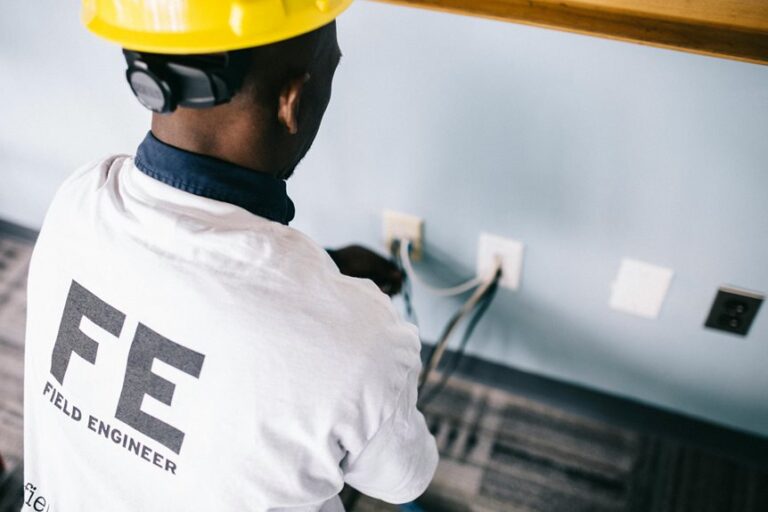Did you know that improper electrical installations account for nearly 30% of industrial equipment failures? You can't underestimate the importance of meticulous planning and strict adherence to safety standards when setting up electrical industrial equipment. Understanding the key industry standards, evaluating site conditions, and ensuring equipment compatibility are just a few critical elements you need to take into account. As you navigate the complexities of installation, you'll encounter various challenges that require careful attention. What strategies can you implement to mitigate these risks and enhance safety?
Importance of Proper Installation
Proper installation of electrical industrial equipment is essential for guaranteeing both safety and efficiency. When you install such equipment, you're not just following guidelines; you're creating a secure environment that minimizes risks. Incorrect installation can lead to electrical failures, equipment malfunctions, or even hazardous situations, putting you and your team at risk.
First, you'll want to confirm that the installation area is clean and free from debris. This prevents accidents and allows for a more precise setup. Additionally, always adhere to the manufacturer's specifications, as they contain critical information that guarantees peak performance. Neglecting these specifications can result in severe consequences, including equipment damage or personal injury.
Next, double-check all connections and securely mount equipment to prevent vibrations from loosening components over time.
Don't forget to verify grounding connections, as improper grounding poses a significant safety hazard. Regularly inspect the installation for any signs of wear or damage, as proactive maintenance can prevent larger issues.
Key Industry Standards
Following the guidelines for installation sets the foundation, but compliance with key industry standards takes safety and performance to the next level. Understanding and adhering to standards such as the National Electrical Code (NEC) and the Occupational Safety and Health Administration (OSHA) regulations is essential for any installation project. These standards provide important requirements for electrical installations, guaranteeing that you minimize risks and enhance operational efficiency.
You should also pay attention to the International Electrotechnical Commission (IEC) standards, which outline safety and performance criteria for industrial equipment globally. Familiarizing yourself with these regulations helps you avoid common pitfalls and guarantees that your installation meets legal and safety requirements.
Moreover, utilizing standards from the Institute of Electrical and Electronics Engineers (IEEE) can further improve your installation's reliability and performance. Regularly reviewing updates to these standards is significant, as they may evolve to incorporate new technologies or safety protocols.
Planning the Installation Process
When commencing on the installation process, meticulous planning is essential to guarantee safety and efficiency.
You'll need to identify the specific requirements of the equipment being installed and verify compliance with relevant industry standards. This pre-installation phase is vital for minimizing risks and optimizing workflow.
Here are some key steps to evaluate during your planning:
- Evaluate Site Conditions: Assess the installation site for space, accessibility, and environmental factors that may impact the installation.
- Review Electrical Specifications: Check the electrical requirements of the equipment, including voltage, amperage, and phase, to validate compatibility with existing systems.
- Establish a Timeline: Create a detailed timeline that outlines each phase of the installation, allowing for unexpected delays or complications.
- Coordinate with Stakeholders: Communicate with all stakeholders, including engineers, electricians, and safety personnel, to align on expectations and responsibilities.
Additionally, hiring qualified electricians is crucial to ensure the installation meets all safety regulations and standards.
Tools and Equipment Needed
When installing electrical industrial equipment, having the right tools and safety gear is vital for a successful and safe operation.
Essential hand tools like screwdrivers, pliers, and wrenches are necessary for precise assembly and adjustments.
Additionally, don't overlook the importance of personal protective equipment to guarantee your safety throughout the installation process.
Essential Hand Tools
Having the right tools is essential for any electrical industrial equipment installation, and a set of fundamental hand tools forms the backbone of your toolkit.
These tools not only enhance your efficiency but also guarantee that installations are performed safely and correctly. Here are some key hand tools you should have on hand:
- Screwdrivers: A variety of sizes and types, including flathead and Phillips, for securing and removing screws.
- Pliers: Needle-nose and slip-joint pliers are important for gripping, twisting, and cutting wires.
- Wire Strippers: Necessary for removing insulation from wires without damaging the conductor.
- Multimeter: This tool allows you to measure voltage, current, and resistance, helping you troubleshoot electrical issues effectively.
Each of these tools plays a significant role in making sure your installations meet industry standards.
Make certain to choose high-quality, durable tools that can withstand the rigors of your work environment. Proper maintenance of these tools will further enhance their lifespan and performance.
Always organize your toolkit efficiently so you can access the right tool at the right time, keeping your workflow smooth and your installations safe.
Safety Gear Necessities
Proper safety gear is essential for anyone involved in electrical industrial equipment installation. You need to prioritize your safety by equipping yourself with the right protective equipment.
Start with insulated gloves, which prevent electrical shock and provide grip while handling tools. Make certain to choose gloves rated for the voltage levels you'll be working with.
Next, wear safety goggles to protect your eyes from debris and potential electrical arcs. A hard hat is also critical, especially in environments where overhead hazards may exist. Confirm it meets safety standards for electrical work.
Don't forget about flame-resistant clothing; this type of apparel reduces the risk of burns in case of an electrical fire.
Steel-toed boots with slip-resistant soles are necessary to protect your feet and provide stability on various surfaces.
Finally, a high-visibility vest can enhance your safety when working in low-light conditions or near moving machinery.
Safety Protocols to Follow
Electrical installation work carries inherent risks, making adherence to safety protocols vital for protecting yourself and others on the job site.
To guarantee a safe working environment, you'll need to follow specific guidelines that mitigate hazards effectively.
- Always disconnect power before beginning any installation or maintenance tasks.
- Use insulated tools and equipment to avoid electrical shocks.
- Maintain a clean and organized workspace to prevent accidents and injuries.
- Regularly inspect your safety gear and equipment for any signs of wear or damage.
Before starting any project, assess the site for potential dangers, such as overhead power lines or wet surfaces.
Familiarize yourself with the lockout/tagout procedures to prevent equipment from being accidentally energized.
It's also essential to communicate with your team about your plans and any hazards you encounter.
Common Installation Challenges
When installing electrical industrial equipment, you often face site preparation issues that can hinder progress.
Equipment compatibility problems may also arise, complicating the installation process and risking safety compliance.
Addressing these challenges early is essential to guarantee a smooth and secure installation.
Site Preparation Issues
Successful installation of electrical industrial equipment hinges on meticulous site preparation, which can present a variety of challenges.
You must address these issues upfront to guarantee safety and efficiency during the installation process. Here are some common site preparation challenges you might encounter:
- Inadequate Space: Guarantee there's enough room around the equipment for safe operation and maintenance access.
- Environmental Conditions: Be aware of temperature, humidity, and dust levels that may affect equipment performance and longevity.
- Structural Integrity: Verify that the installation site can support the weight and vibrations of the equipment, minimizing the risk of damage or failure.
- Utility Access: Confirm that necessary utilities, such as power, water, and air, are readily accessible and properly rated for your equipment's requirements.
Equipment Compatibility Problems
Compatibility issues can severely hinder the installation process of industrial equipment. You might find that components from different manufacturers don't integrate smoothly, leading to delays and increased costs.
It's essential to verify that all equipment, including motors, drives, and controls, meets the required specifications and standards before you begin the installation.
Pay close attention to the electrical ratings, communication protocols, and mechanical fit of each piece. Mismatched voltages can cause equipment failures, while incompatible communication protocols can lead to operational inefficiencies.
Confirm that you have the correct adapters or converters if equipment from different brands needs to be connected.
Additionally, check the physical dimensions to confirm that all components will fit within the designated space. Any discrepancies can necessitate redesigning or relocating existing installations, compounding the delay.
Involve your suppliers early in the process to get technical support and verify that your selected equipment works together seamlessly.
Document all specifications and compatibility checks to maintain a clear record. By addressing potential compatibility issues upfront, you can mitigate risks and streamline the installation process, guaranteeing a safe and efficient operation once everything is up and running.
Safety Compliance Challenges
Ensuring safety compliance during the installation of electrical industrial equipment is a vital concern that can greatly impact both operational efficiency and employee safety.
You need to navigate various challenges that arise from regulatory requirements and operational standards. Failing to address these compliance issues can lead to serious consequences, including accidents and costly downtimes.
Here are some common safety compliance challenges you might face:
- Regulatory Knowledge: Keeping up with local, state, and federal safety regulations can be intimidating.
- Documentation Gaps: Proper documentation is essential; missing or incomplete records can lead to compliance violations.
- Equipment Standards: Ensuring all equipment meets industry standards can be tricky, especially with rapid technology changes.
- Training Deficiencies: Employees may lack the necessary training to safely operate or install new equipment, increasing the risk of accidents.
Maintenance Considerations
Proper maintenance of electrical industrial equipment is vital for both operational efficiency and safety. Regular inspections and timely repairs can prevent costly downtime and hazardous situations. You should implement a maintenance schedule that addresses key components, guaranteeing all equipment operates within specified parameters.
Here's a quick overview of key maintenance tasks:
| Task | Frequency | Importance |
|---|---|---|
| Visual Inspections | Weekly | Identify wear and tear early |
| Electrical Testing | Monthly | Verify proper voltage levels |
| Cleaning Components | Quarterly | Prevent overheating |
| Lubrication of Motors | Biannually | Reduce friction and wear |
Additionally, training your staff on maintenance protocols is vital. They need to understand the equipment's operational limits and the importance of reporting irregularities promptly. Using manufacturers' guidelines and industry standards can help you maintain a consistent approach. Remember, neglecting maintenance can lead to increased energy costs and safety risks, so prioritize these considerations to safeguard your operations effectively.
Future Trends in Installation
As maintenance practices evolve, staying ahead of future trends in electrical industrial equipment installation becomes crucial.
You'll need to adapt to changes that enhance efficiency and safety in your operations. Embracing these trends not only improves your installation processes but also positions your organization for peak performance.
Key trends to watch include:
- Automation and Robotics: Utilizing automated systems can streamline installations, reducing human error and increasing precision.
- IoT Integration: Implementing Internet of Things (IoT) technology allows for real-time monitoring and predictive maintenance, considerably lowering downtime.
- Sustainable Practices: Adopting eco-friendly materials and energy-efficient systems guarantees compliance with regulations and reduces environmental impact.
- Enhanced Safety Protocols: Innovations in safety gear and practices will further protect workers and minimize accidents during installations.
Conclusion
In summary, proper electrical industrial equipment installation isn't just important—it's as vital as a lifeguard at a desert oasis. By prioritizing safety protocols, adhering to industry standards, and planning meticulously, you can guarantee your installation runs smoothly and efficiently. Remember, regular maintenance is your secret weapon against future failures, helping your equipment perform at its best. Embrace these practices, and you'll create a safer, more reliable working environment that stands the test of time.

